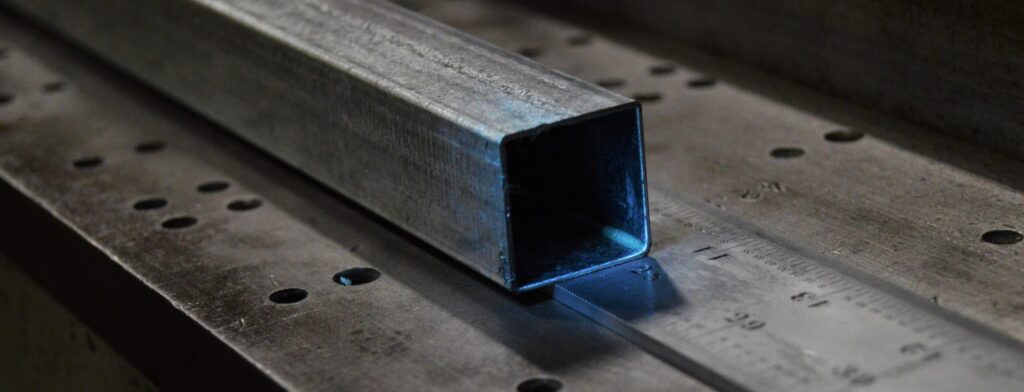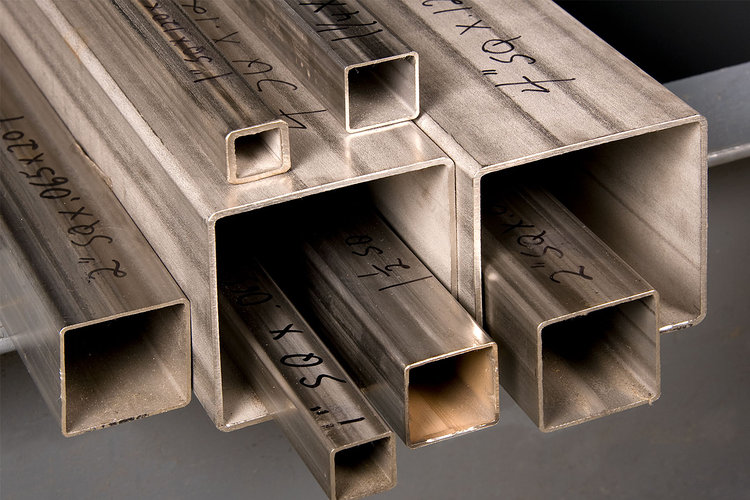Steel square tubing is an essential construction material used in a wide range of applications. This article provides a comprehensive guide to steel square tubing sizes, including the common dimensions, wall thicknesses, and weight per foot. We will learn about the different types of steel square tubing, such as hot-rolled, cold-rolled, and galvanized, and their advantages and disadvantages. The article also includes examples of how steel square tubing is used in various industries, such as construction, manufacturing, and automotive.
Introduction:
Steel square tubing is a versatile and durable material that is widely used in the construction industry. However, choosing the right size of steel square tubing can be challenging, especially for those who are not familiar with its various dimensions and properties. In this article, we will provide a comprehensive guide to steel square tubing sizes, including the common dimensions, wall thicknesses, and weight per foot. We will also discuss the different types of steel square tubing and their applications.
Common Sizes of Steel Square Tubing:
Steel square tubing comes in a variety of sizes, ranging from ½ inch to 16 inches in diameter. The most common sizes are 1 inch, 1 ½ inch, 2 inches, 2 ½ inches, 3 inches, 4 inches, and 6 inches. The wall thicknesses range from 14 gauge (0.083 inches) to 5/16 inch. The weight per foot varies depending on the size and wall thickness of the tubing.

Types of Steel Square Tubing:
Steel square tubing can be classified into three types: hot-rolled, cold-rolled, and galvanized. Hot-rolled steel square tubing is made by heating a steel billet to a high temperature and then rolling it into a square shape. Cold-rolled steel square tubing is made by passing the steel through a series of rollers at room temperature. Galvanized steel square tubing is coated with a layer of zinc to protect it from rust and corrosion.
Advantages and Disadvantages of Steel Square Tubing:
Steel square tubing has several advantages over other materials. It is strong and durable, making it an excellent choice for construction and manufacturing applications. It is also easy to fabricate and weld, which makes it ideal for custom projects. However, steel square tubing is heavy and can be difficult to transport and handle. It is also susceptible to rust and corrosion if not properly coated or maintained.
Applications of Steel Square Tubing:
Steel square tubing is used in a wide range of applications, including construction, manufacturing, and automotive. In construction, it is used for framing, support structures, and decorative elements. In manufacturing, it is used for machinery, equipment, and storage racks. In the automotive industry, it is used for chassis, suspension systems, and exhaust systems.
Examples of Steel Square Tubing Applications:
One example of steel square tubing in construction is its use in the framing of buildings. It provides a strong and durable framework that can withstand the weight of the structure and the forces of nature. In manufacturing, steel square tubing is used to create custom machinery and equipment. For example, a manufacturer might use steel square tubing to create a conveyor system that can move heavy materials from one part of the factory to another. In the automotive industry, steel square tubing is used to create the chassis of a vehicle. This provides a strong and durable foundation that can support the weight of the vehicle and withstand the forces of impact.
Conclusion:
Steel square tubing is a versatile and durable material that is widely used in the construction, manufacturing, and automotive industries. Choosing the right size and type of steel square tubing is essential for ensuring that it meets the requirements of the project. This article has provided a comprehensive guide to steel square tubing sizes, including the common dimensions, wall thicknesses, and weight per foot. It has also discussed the different types of steel square tubing and their advantages and disadvantages. By understanding the properties and applications of steel square tubing, readers can make informed decisions when selecting this material for their projects.
